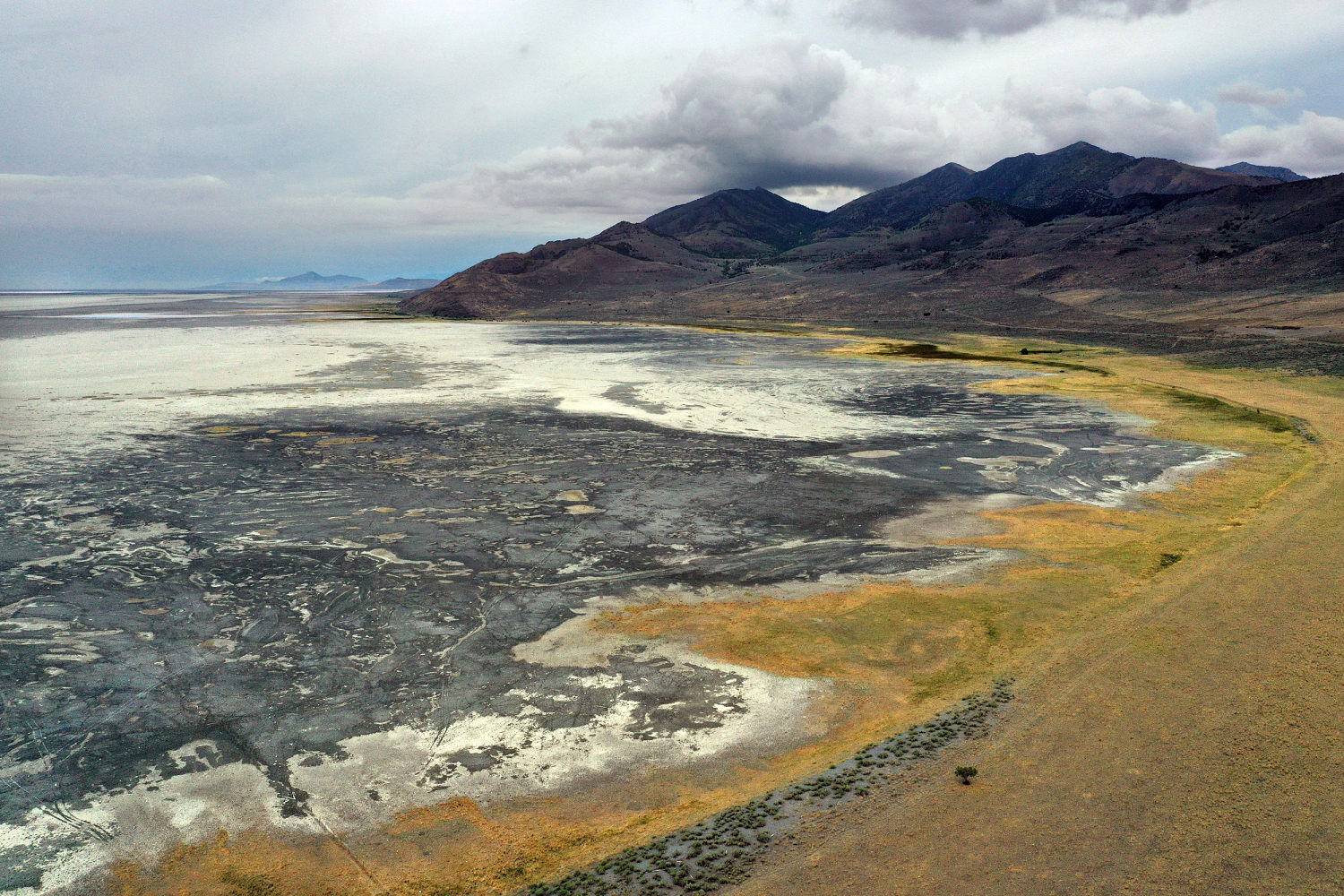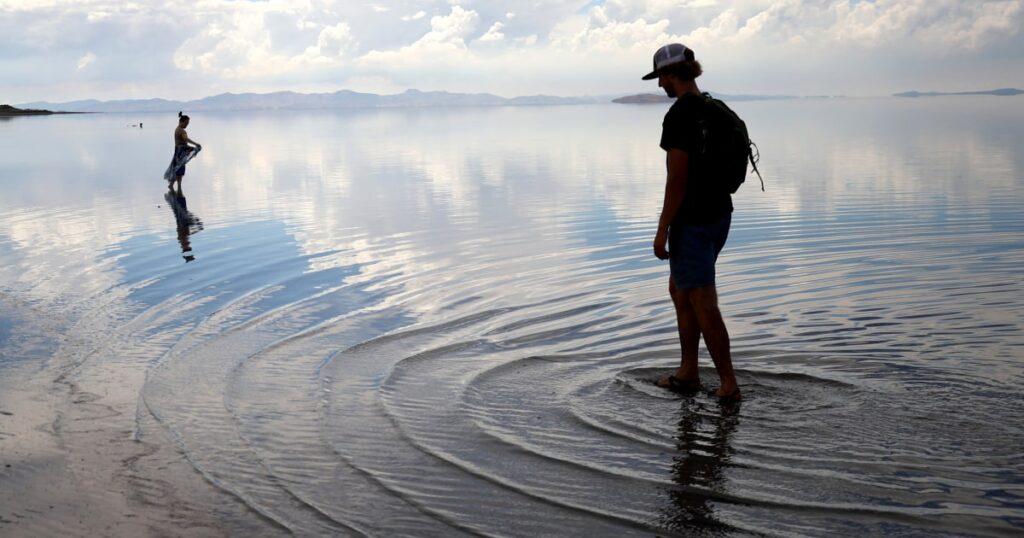
As the Great Salt Lake shrinks and scientists fret about storms of toxic dust and its potential ecological collapse, Utah state leaders say all options are on the table for a rescue.
Rob Sowby, an assistant professor of civil and construction engineering at Brigham Young University, hopes to take one off — a pipeline that would pump seawater from the Pacific Ocean to Utah to refill the lake.
“It’s really a distraction,” Sowby said.
Sowby analyzed the idea in a study published last month in the science journal Environmental Research Communications and determined it would cost at least $300 million for electricity each year to pump water more than 600 miles uphill to the Great Salt Lake. The project would require an incredible amount of energy — about 11% of Utah’s current energy demand.
Sowby said the study represents back-of-the-napkin engineering math for the theoretical minimum energy for a pipeline. It would be much more complicated in reality.
“Even the best-case scenario doesn’t look good. We can kind of put our pencils down at that point,” Sowby said. “I hope this can put the Pacific pipeline idea to rest.”
The real-world consequences of overconsumption and drought have sparked public interest in costly engineering solutions, including many that seek to tap distant, underused water supplies.
Utah is hardly the first Western state to be enticed by a megaproject pipe dream, however far-fetched. The fact that none of the megaprojects have come to fruition in recent decades reveals the hard truth: It’s cheaper to conserve water, and most water experts think Western states are simply going to have to learn to live with less.
“The era of big dams, big projects, is dead,” said Michael Cohen, a senior associate at the Pacific Institute, a water-focused nonprofit. “There’s been a lot of shift in thinking throughout the West in terms of water conservation, living within people’s means and the idea of limits — we can’t just use whatever we want.”
Water import schemes often grab headlines but rarely draw serious consideration.
In the 1990s, a Los Angeles County supervisor pitched exporting water from the Columbia River, which divides Oregon and Washington at its southern extent, to send water to Southern California. The actor William Shatner stirred the issue up again in 2015 when he said he planned to launch a crowdfunding effort for the $30 billion idea.
Arizona officials in 2021 asked Congress to examine pumping Mississippi floodwaters to the Colorado River basin, according to The Associated Press. More recently, California officials studied and dropped the idea of pumping seawater from the coast to refill the state’s shrinking Salton Sea.
Cohen said that big water import schemes, while technically possible, rarely pencil out in cost when they are compared to conservation projects and that they would take 20 to 30 years to permit and construct.

